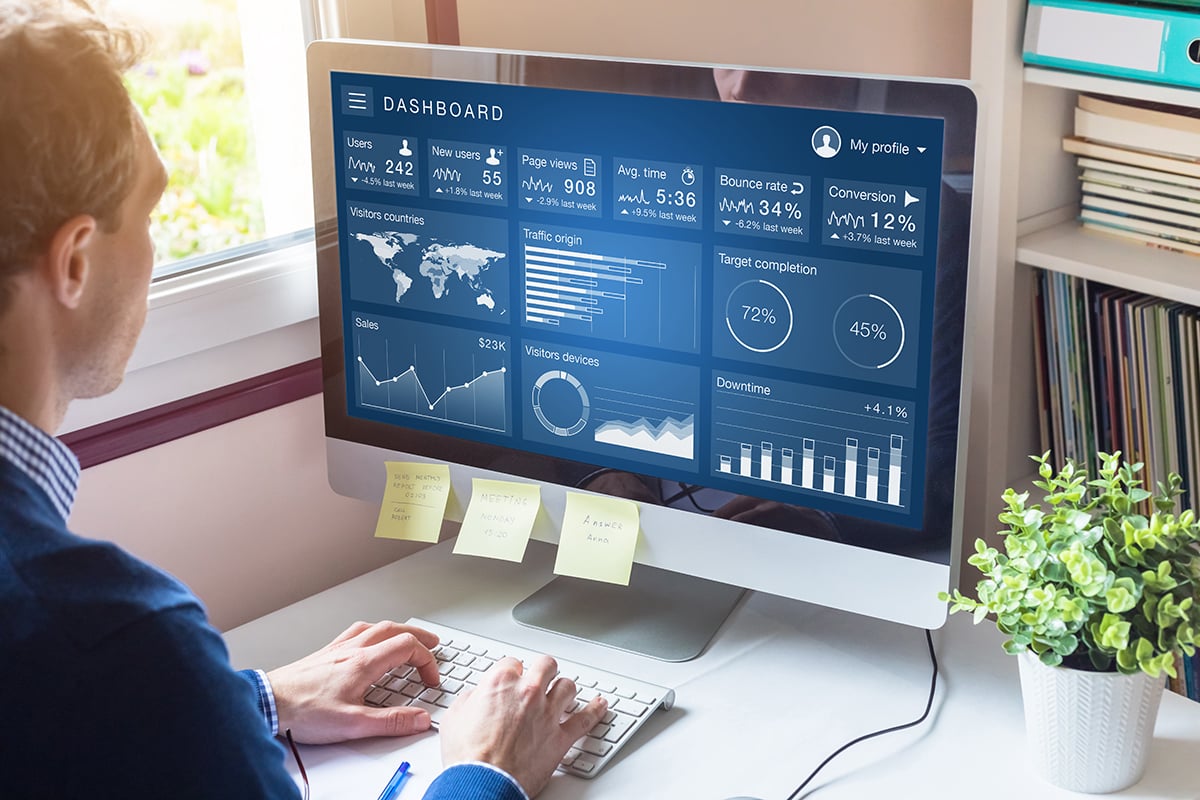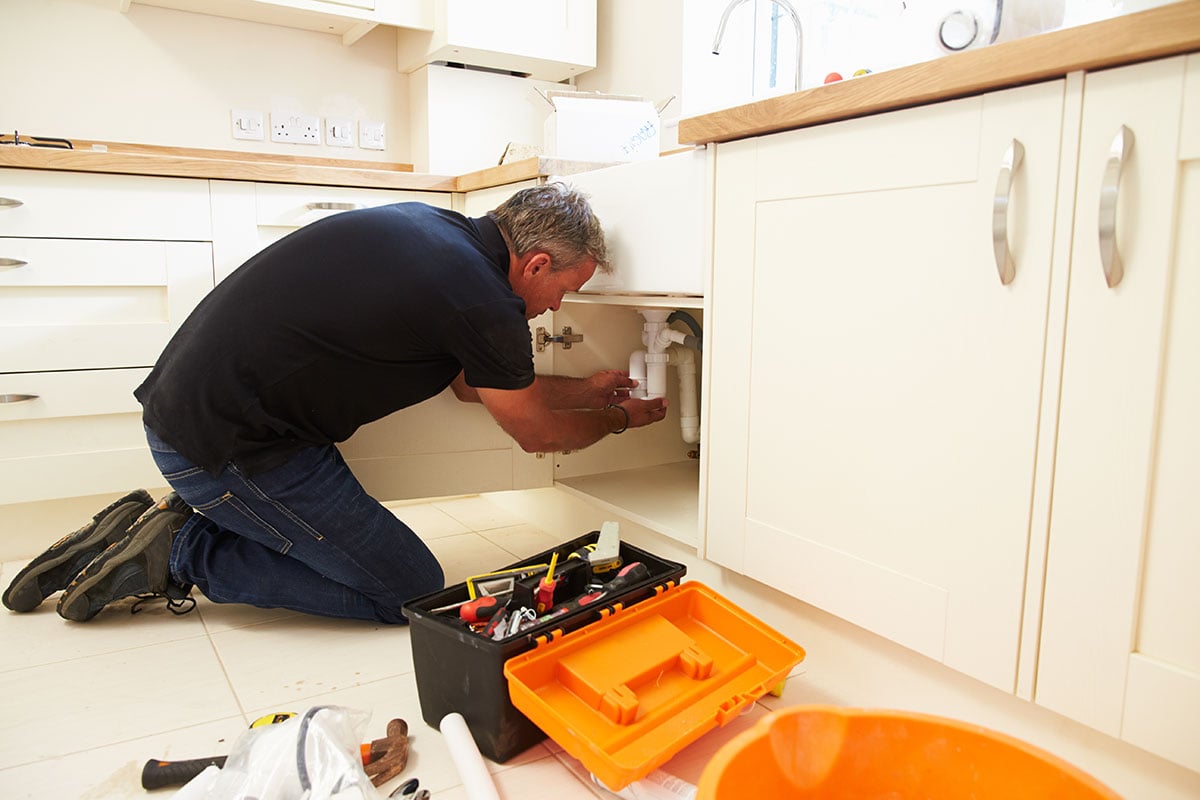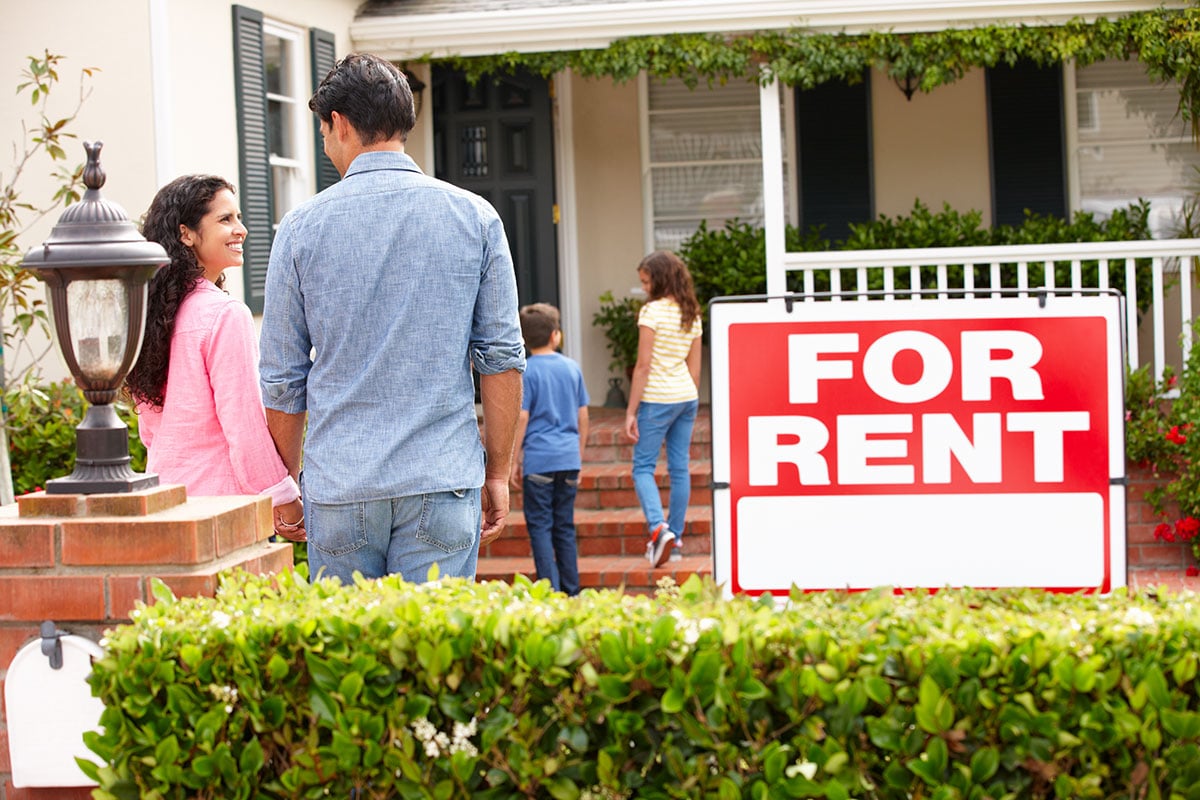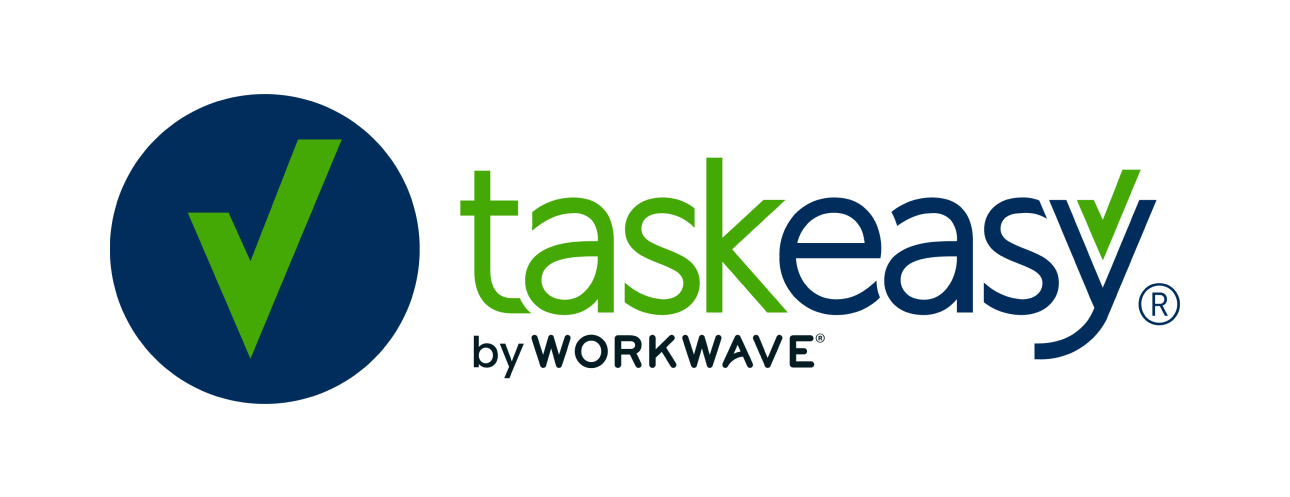Are you happy with the direction that your property management company is heading? Do you know if your company is meeting its goals? You can measure this and your company’s overall performance effortlessly by tracking the right property management KPIs.
What are KPIs?
KPI stands for “key performance indicator.” They are numerical indicators that quantify a company’s or an individual’s performance. KPIs can identify opportunities and pinpoint challenges that are unique to your business.
Track these key metrics regularly to compare different strategies that you’ve been using and the effect that it has had on your company or individual over time. The number itself isn’t anywhere near as valuable as seeing that you are doing better than your past self.
There is an endless number of KPIs, but tracking everything regarding rent, occupancy, and maintenance can be overwhelming. Take the time to determine what metrics your company needs to follow to be successful. While you’re assessing your company’s needs, here are 11 property management KPIs that every effective property manager should include in their reports.
The Most Important Property Management KPIs

Tracking property management KPIs is essential for measuring the success and efficiency of your business. These metrics allow you to gauge performance, identify areas for improvement, and make informed decisions to drive growth and profitability. By monitoring key indicators such as rent collection rates, occupancy levels, maintenance costs, and tenant satisfaction scores, rental property managers can proactively address issues, optimize operations, and enhance the overall tenant experience.
Here is a list of the most important property management KPIs for your business:
1. Net Operating Income (NOI)
Financial indicators are must-haves to track your performance. The NOI measures the company’s overall health by comparing the revenue to the properties’ ongoing cost. This metric is relevant to property managers because it tells them how profitable a property portfolio will be after property-related expenses. Calculate the NOI by subtracting the operating expenses from the revenue.
| (Total Income) – (Operating Expenses) = (Net Operating Income) |
To find this metric, you need to take all income sources into account – no matter how insignificant they may seem. Add all the following and any additional income you may have:
- Rent
- Parking passes
- Late fees
- Application fees
- Security deposits
- Coin-operated laundry
- Cleaning services
If the NOI indicates that the expenses outweigh the income, assess all your costs (such as insurance, maintenance, utilities) to see if you can cut down on costs.
The NOI may seem like an obvious KPI but is one of the most meaningful metrics. Compare this number to your yearly NOI goal. Evaluate what your company can do to increase your NOI steadily.
2. Average Amount of Arrears
One of the top challenges that property managers face is getting tenants to pay rent on time. Arrears indicate the money owed to you, which is usually past-due rent in a property management company.
Arrears are essential to track because they directly affect the company’s cash flow. They account for money that you theoretically have but is not available. You need cash coming in to maintain a successful business.
Having a high average of arrears can stunt your company’s growth. As property owners look into various property management companies, they will want to know how successful each business is at collecting rent. Maintaining and knowing your arrears will show that you are successful at your job.
3. Net Promoter Score (NPS)
Financial KPIs are a simple way to know how a business is doing, but success is impossible without regular customers. Your tenants are your customers in this industry, and you can’t make any money without keeping them satisfied. An NPS measures your customer satisfaction.
To find your NPS, you need to send out a short survey to your tenants asking about their experience working with your company. Include multiple questions about their likes and dislikes of working with your property management company. Give them a platform to offer suggestions on how you can improve.
Ask the following question to calculate your NPS:
“How likely are you to recommend [Company] to a friend, family member, or colleague?” The answer should include options of 0-10, with ten being the best. Their rating will give you a great insight into how satisfied they are.
- Promoters (9-10). These tenants are highly satisfied and will go out of their way to recommend your property management company to a friend.
- Passives (7-8). These tenants won’t usually go out of their way to give a particularly positive or negative recommendation.
- Detractors (0-6). These tenants are unhappy with their experience and will go out of their way to tell people to avoid your business.
| (# of Promoters) ÷ (# of People Surveyed) * 100 = (% of Promoters) |
| (# of Detractors) ÷ (# of People Surveyed) * 100 = (% of Detractors) |
| (% of Promoters) – (% of Detractors) = (Net Promoter Score) |
Survey your residents once a quarter to get a better understanding of how satisfied they are over time. Make this a top priority. The more satisfied your customers are, the less likely they will leave, which means less work for you.
4. Average Time to Respond to Maintenance Requests
To add to tenant satisfaction, you should monitor the time that it takes to respond to maintenance requests. Track how many days pass after a tenant requests a repair to when you service it.
This is a good indicator of how responsible you are as a property manager. No tenant wants to wait weeks for a repair when their air-conditioning breaks down in the middle of July. If you have a poor response time and notice tenants renewing their leases infrequently, you may have found your problem.
5. Average Maintenance Cost Per Property
Maintenance and repairs are one of the highest costs for property managers. How much do you pay to maintain a property within a given month? By tracking this KPI, you can see exactly how much money is going back into your properties.
Keep track of the following components of maintenance costs:
- Labor cost
- Tools/materials
- Appliance replacement
If you find that the cost is alarmingly high, try carrying out routine maintenance inspections. This will help you catch problems early on requiring minor repairs instead of paying for expensive replacements.
6. Resident Turnover Rate
The resident or tenant turnover rate is the percentage of tenants that move out during a contract period. This metric is vital because each turnover will cost you time and money. It’s typically cheaper to keep an existing tenant than to find a new one.
| (# of Resident that Move Out in a Year) ÷ (Total # of Resident in a Year) * 100 = (Resident Turnover Rate) |
In urban areas, tenants stay in one rental for 12-24 months on average. Suburban and rural areas generally have an average of 24-48 months. Smaller units also have a higher turnover rate because people outgrow them at a faster pace as their family grows.
Watch how your tenant turnover rate changes over time. The specific number isn’t as significant as how it changes over time. If the tenant turnover rate is consistently high, reflect on what changes your company should make to entice renters to stay.
7. Average Occupancy Rate
100% of your income depends on rented properties. You should always keep occupancy rates in the front of your mind to be aware of what percentage of your property inventory is occupied.
| (Units Rented) ÷ (Units Available) = (Occupancy Rate) |
According to the U.S Census Bureau, single-family rental occupancy rates were 94.3% across the United States in 2019. In the same year, RealPage reported an average national occupancy rate of 96.0% across the multi-family rental market. Ideally, you should keep your occupancy rate in line with the averages, but it’s more important to make every effort to improve yourself.
If your occupancy is continually increasing, you have implemented great strategies and have managed to keep tenants around. You likely have more to offer, so this may allow you to increase rent prices.
If your occupancy rate dips down, there was likely a change that made your properties less appealing, so you should work on detecting the problem.
8. Turnover Time
Since you can’t keep all of your tenants forever, the next best thing will be to have an efficient turnover time. Calculate this by finding the amount of time it takes after a tenant moves out to be prepared for the next one to move in. This is your time to rehabilitate the property with a new paint job, a deep cleaning, repairs, lawn restoration, and anything else that can add value to your rental property.
It’s natural to want to do everything possible to cut down your turnover time and fill the vacancy to start collecting rent again. Yes, you should get it occupied as soon as possible. But use the turnover time to your advantage.
It’s a rare opportunity to make the property as desirable as possible without getting in the tenant's way. The turnover time is perfect to make the rental more appealing and will allow you to increase the rent cost. Use this time to get a new tenant who will gladly pay the higher rent for the updated unit.
9. Resident Acquisition Cost
How much do you spend to obtain a new tenant? This metric is important because it can help you determine if your strategies are cost-effective and generate a solid profit margin. Calculate the acquisition cost by taking into account the marketing cost and labor that your team is putting in to gain new tenants.
| (Money Spent on Tenant Acquisition) ÷ (# of Tenants Acquired) = (Tenant Acquisition Cost) |
Once you have found the cost for each new tenant, you can decide if your acquisition strategy is effective or if money is going down the drain and isn’t giving you any results. Is there anywhere that you can cut down on marketing costs?
10. Average Rent
You want to find out how much money each of your rental properties is bringing in. You might consider having separate averages if you have a wide variety of properties in your portfolio (single-family and multi-family rentals).
Rental rates don’t change drastically over time, but your properties generally should have a steady increase to keep up with changing markets and property values throughout the years.
Compare the average to rent prices in your market to know if you may need to increase or decrease the cost. Rentometer is an excellent resource for property managers to compare their rental prices with similar properties.
You should also compare this to the cost of having tenants occupy the property. If it barely covers the cost of mortgage and maintenance, you should increase rent or change the property to continue to make a profit.
11. Property Count
Evaluate the number of properties won and lost in a given period. To grow your business and increase your earning potential, you should consistently add new rental properties to your portfolio.
When you look at the number of properties lost, think about why they were unsuccessful. Client turnover is inevitable as their needs change. Ask your past clients if they have any recommendations on how you can improve and reduce vacancy rates.
Keep in mind that increasing your property inventory should be your goal, but the number of rental properties does not determine success. More properties is not any better if you can’t manage them successfully. Increase properties as much as you and your team can handle it.

Saving Time with TaskEasy
Implementing a recurring property maintenance plan with TaskEasy can provide numerous benefits for property managers. By consistently maintaining your properties between leases, you can improve turn times and attract new tenants more quickly. This proactive approach to maintenance can enhance curb appeal and make your rental units more desirable to potential renters.
Benefits Of Recurring Property Maintenance With TaskEasy
One of the key aspects of property maintenance that TaskEasy specializes in is lawn and landscaping care. The exterior appearance of a property is the first thing that potential residents see, so it's important to make a good first impression - over half of residents who are happy with a property when they move in will renew their leases. By working with TaskEasy, you can ensure that your properties have well-maintained lawns and landscaping, which can help attract more tenants.
- Improve Turn Times: TaskEasy improves turn times and allows you to rent vacant properties faster - let us take over maintenance between leases to elevate your curb appeal.
- Attract Long-Term Residents: Lawn and landscaping are the first things potential residents see when considering their future home - give them a good early impression with TaskEasy.
- Nationwide Service: TaskEasy works with over 90% of the largest single-family home rental companies and is currently responsible for performing yard care on a combined portfolio of 800,000 properties.
Get a customized quote from TaskEasy today!
Closing Thoughts
Tracking the right KPIs could be the difference between becoming a top competitor in the property management industry and one that flops after a few years. These metrics will help you determine the areas in which you excel and where to focus your efforts to improve. Acting on the areas of improvement is crucial to get the most out of your KPIs.





Let Us Know What You Thought about this Post.
Leave a comment below.